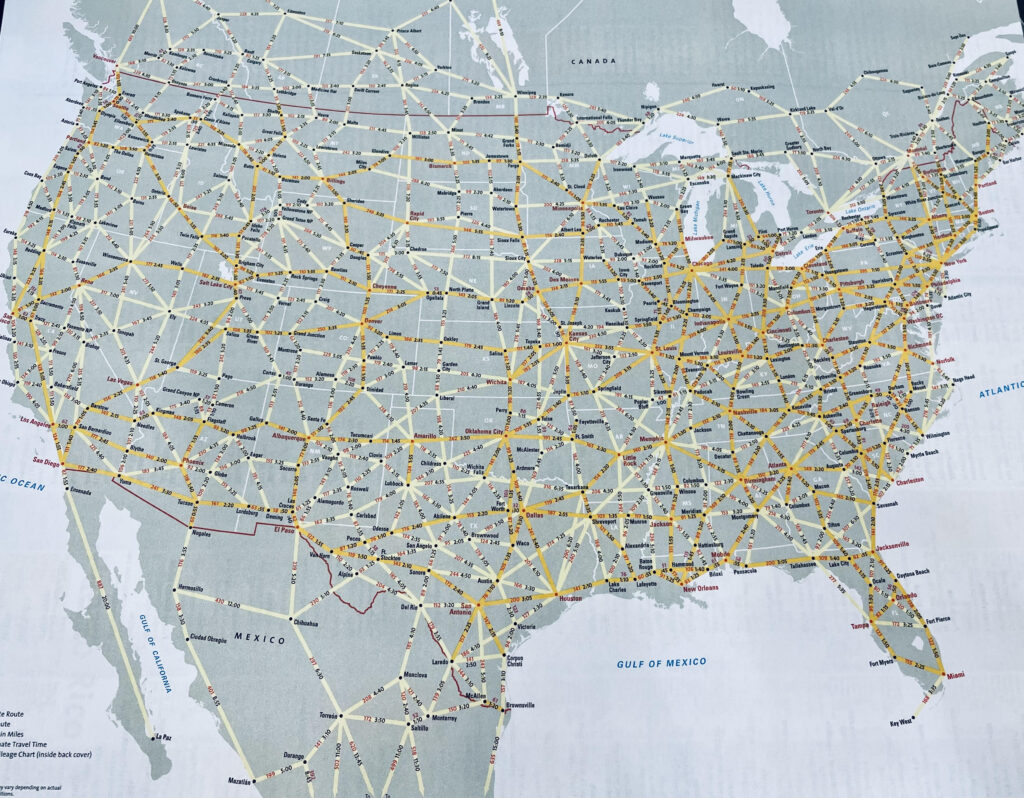
Find and Master Your Money Blueprint
The term invisible hand is a metaphor used in economics to describe the unseen forces that move free markets around the world. Like markets, each of us may be guided by invisible forces that have shaped who we are and how we behave with money. This is your money blueprint.
In this article, I’ll dive into what a money blueprint is and discuss how you can find and develop your own money blueprint to achieve greater financial success.
Contents
What are Money Blueprints
Let’s start things off with a quick thought experiment. Humor me for a moment and think about a fragrance or song that conjures up memories of a place, time, or emotion.
Perhaps you think about the fragrance that reminds you of your first girlfriend or a song that makes you smile whenever you hear it because it reminds you of your wedding night.
For me, it’s this Dolce & Gabanna fragrance that reminds me of my college chauffeuring gig where I made weekend night club runs for a “rich guy” who’s daddy purchased him a limo.
We’ve all experienced this phenomenon, but why does it happen? And further, what does all this have to do with money?
Psychology, Physiology, & Mental Maps
I first read about the concept of mental maps from legendary personal finance blogger, J.D. Roth who wrote an article on his popular blog about how money blueprints shape our personal finance decisions.
Further, J.D. also mentioned the idea that mental maps learned from family, friends, and media ultimately shape our behaviors and attitudes with money. Here is a quote from the article:
Although each of us has a mental map with which we “negotiate the terrain of life”, for most of us these maps are hidden. They're subconscious. We never overtly check them for accuracy, and we never deliberately revise them.
J.D. Roth

Psychology and Physiology
Still, a reasonable question would center around how our present and future behaviors could possibly be susceptible to influences of our past environments?
Perhaps we can look at some of our basic psychology and physiology for answers. Let’s return to our thought experiment from earlier to see how it all works.
It turns out that music is scientifically proven to elicit physical responses such as laughter and tears. Further, researchers found that music can alter heart rate, blood pressure, and other physiological functions.
On the same token, it appears that scent is the sensory experience most capable of eliciting memory recall. This is likely due to the structure of the brain or even just a function or our evolutionary histories as humans.
We can now see that both music and fragrances have a way of transporting us back to times past. This at least shows that we are intricately connected to events, people, and places that we’ve encountered long ago.
That said, the question still remains on how all of this connects back to money.
Let’s cross the bridge next.
Forming Money Blueprints
Believe it or not, each of us already have well established money blueprints.
Our existing money blueprint has been shaped by our past experiences and environments. Our parents, upbringings, social circles, and life events all shape how we think about and deal with money today.
Similar to how music or fragrances return us to moments past – everyday situations thrust us into modes of behavior that were implanted in us from long ago. Our default responses to situations are us following the paths of our mental maps.
An example to conceptualize this would be to consider how a child raised by extremely tightwad parents would handle money as an adult. We could reasonably guess that they would either be extremely cheap themselves or an extreme spendthrift in an effort to “never be like their parents”.
Finding Your Money Blueprint
Again, your money blueprint is already there. You now have to find it.
You may have always considered your behaviors with money to be influence free, but that is only because money blueprints are like the invisible hand operating in the background.
The key to finding your current money blueprint is to spend time reflecting on your present relative to your past. Your objective for this process is to identify which influences from your past shape your current behaviors toward money.
Here are some questions that will help guide your thinking:
- What do you know about money? What did your parents teach you about money?
- Are you a big spender or a saver? How did your parents spend money?
- How much do you earn and how much do you think you can earn? How much did your parents earn?
- What is a minimum savings rate that you find acceptable?
- Will you retire early or work for a longer period?
- What are your most basic needs? How do these compare relative to your upbringing?
- Do you talk to your children about money? Did your parents talk to you about money?
- Do you take on debt? Did your parents take on debt?
- What is your risk tolerance? Have you encountered bad
- Do you like fancy things or modest things? What are the preferences of those around you?
- What is your approach to investing? How did your parents and those currently around you invest?
- What is your philosophy around careers? Do you have career discussions with those close to you?
- How do couples and spouses handle money together? How did you parents handle their money together?

Mastering Your Money Blueprint
The purpose of thinking through questions such as the ones above is to begin to see how your behaviors surrounding money have been influenced by your upbringing, your social circle, and society at large.
With these questions answered, you now have your current money blueprint in hand.
At this point, you may see that a large portion of your current money blueprint has been formed by happenstance. You may even find that some of your thoughts and actions are even misaligned with who you are or want to be in life. You may even discover that you are drifting away from your true goals in life due to these default mental maps.
At any rate, it would be very good news if you suddenly discovered an incongruence between your money blueprint and where you’re heading in life. This is because you can now see that you are due for an updated money blueprint – which we will discuss next.
Update Your Mental Maps
Mastering your money blueprint is a relatively straightforward process. But it may take some work to achieve in the long run. The reason for this is that behavior change is a slow, gradual process that requires a lot of effort.
The first step to achieving any sort of change is to simply begin. That said, let’s take a look at the steps so you can get started.
Step 1: Find your money blueprint
Following from the earlier section, you want to spend time reflecting on your current thoughts and behaviors with money. Do this by exploring how the past has influenced your present actions.
Step 2: Reflect on where you are today vs where you want to be
You may find that your current money habits are not aligned with who you are and where you want to be. Coming to this realization would mean that you are in a perfect position to make positive changes.
Step 3: Look for gaps in your mental map
Once you spot a gap, try to identify why that gap exists. This will help with the next step.
Step 4: Update your thoughts and behaviors
Change is needed in order to close the gaps between who you are and who you want to be. Think about what changes are needed to your thoughts and actions. And then make those changes.
Updating My Money Blueprint
Perhaps the most significant update to my money blueprint is the fact that I no longer do debt. And I don’t mean sorta not doing debt by still being willing to take out a mortgage.
I mean no debt whatsoever.
Taking on debt is not so much about owing money or possibly facing financial hardship. Those are relevant considerations, but not taking on debt for me is more about the freedom that comes from knowing that no one has a claim to my money for any reason whatsoever.
Going broke simply forced me to examine my financial blueprint and question whether debt was in alignment with who I was and who I really wanted to be.
Constantly Refine Your Money Blueprint
Life is an evolving journey of constant learning, action, reflection, and growth. Now that you are aware of money blueprints, you can undergo this iterative process to navigate your own financial journey.
The path may not always be perfect. But can always step back and examine where we are and adjust as needed to ensure we get back on track.
Afterall, that is the entire point of a money blueprint in the first place!
How does your money blueprint look today? And drop a comment below to let me know what parts of your money blueprint need updating!
